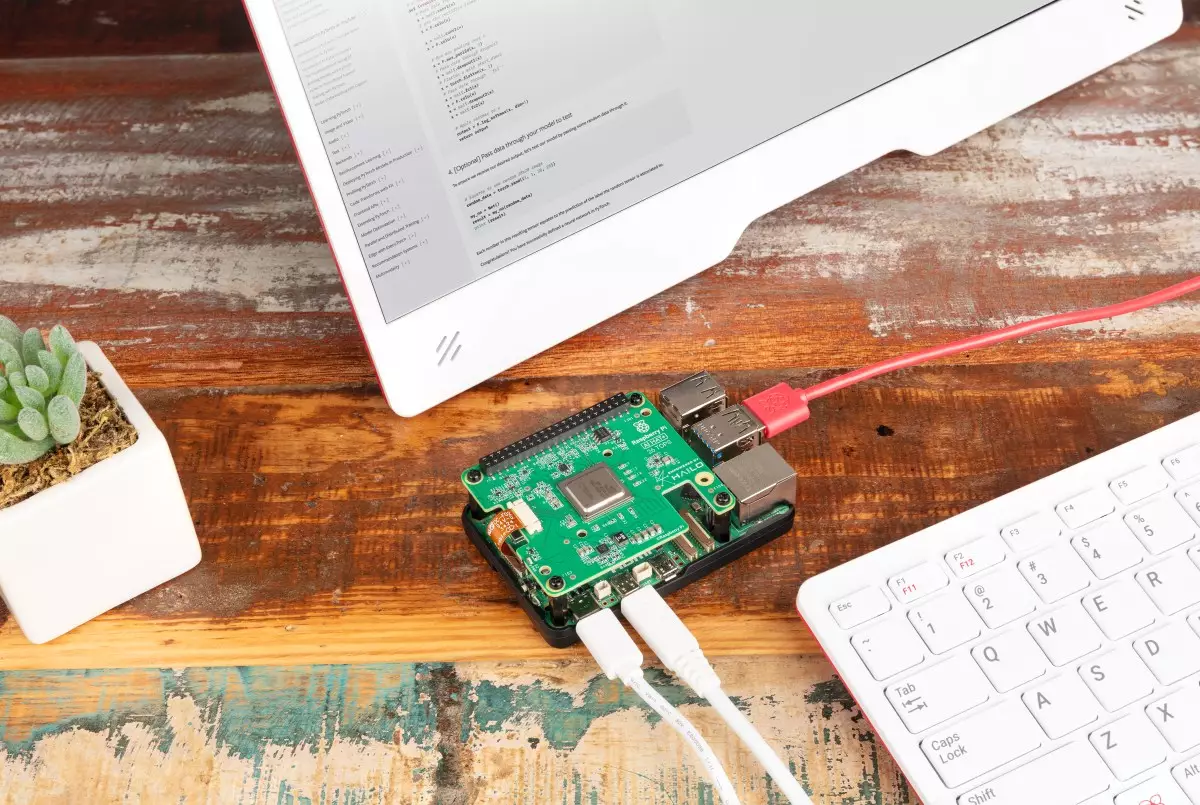In recent months, Raspberry Pi Ltd. has been at the forefront of technological advancements by swiftly introducing a host of new products designed to enhance the capabilities of its popular Raspberry Pi 5. This miniature and cost-effective single-board computer has established itself as a mainstay among hobbyists, educational institutions, and industrial sectors. The recent additions to the Raspberry Pi lineup underscore the company’s commitment to innovation, providing users with expanded functionalities and adaptability.
Raspberry Pi’s reputation largely stems from its affordability and flexibility. Whether for educational purposes or hobbyist experimentation, the Raspberry Pi has become a vital tool for learning programming and hardware integration. By continually releasing new products and accessories, the company ensures that users can keep up with modern technological demands without breaking the bank.
At the heart of Raspberry Pi’s recent innovations is the Raspberry Pi 5, which boasts an impressive PCIe 3.0 interface. This technology provides users with a 16-pin connector, allowing the addition of various expansion cards. Known as HATs—acronym for Hardware Attached on Top—these cards enable users to extend the utility of their devices significantly. Recently, the introduction of M.2 HAT+ extension cards has facilitated connections to more conventional M.2 interfaces, enabling the integration of NVMe SSDs effectively.
This feature is instrumental for users looking to enhance data storage capabilities or speed up their applications. With NVMe SSDs in play, the Raspberry Pi 5 can handle larger datasets and perform complex tasks more efficiently. Moreover, they cater to a growing interest in edge computing, where data processing occurs at or near the data source, significantly reducing latency.
One of the most exciting developments is the release of the new Raspberry Pi AI HAT+, offering built-in capabilities specifically designed for artificial intelligence tasks. There are two variants of this add-on board: one achieving 13 tera-operations per second (TOPS) and another powerful model clocking in at 26 TOPS. Priced at $70 and $110 respectively, these new AI HAT+ models target users attempting machine learning on-the-go—albeit on a smaller scale than traditional setups. The inference capabilities enable real-time processing outside a centralized environment, making the Raspberry Pi an attractive option for developers and researchers.
While it’s important to acknowledge that these devices won’t rival high-end AI hardware used in major data centers, they are invaluable for niche applications ranging from smart home automation to low-power edge devices. The design simplifies integration by opting for a custom package instead of a traditional M.2 interface, allowing more seamless connectivity with Hailo’s inference modules.
The rapid expansion of storage options through the newly launched SSD Kits reflects Raspberry Pi’s goal of optimizing user experience. The company now offers its branded NVMe SSDs, with a 256GB version priced at $30 and a 512GB variant available for $45. This pricing places them at a competitive advantage, aimed at ensuring that users have access to storage solutions compatible with the Raspberry Pi 5’s architecture.
In addition to standalone NVMe SSDs, the SSD Kits bundle essential components, streamlining the purchasing process for those setting up or upgrading their Raspberry Pi systems. At $40 for the 256GB kit and $55 for the 512GB, these offerings create a strong incentive for users to turn to Raspberry Pi’s official products, ensuring reliability and compatibility with existing systems.
As Raspberry Pi continues to enhance its product offerings, the implications for edge computing are profound. The combination of small form factors, affordable prices, and enhanced processing power opens avenues for a range of applications, from IoT devices to robotics and beyond. By bridging the gap between hobbyist accessibility and industrial application, Raspberry Pi is carving a niche that promises further innovations.
The latest products illustrate that Raspberry Pi is no longer just a tool for enthusiasts but is transitioning into a key player in the broader technology landscape, particularly in edge computing and AI. With the constant evolution of these microcomputers, Raspberry Pi is set to remain an integral part of the tech community, fostering creativity and practical solutions in an ever-demanding world.

